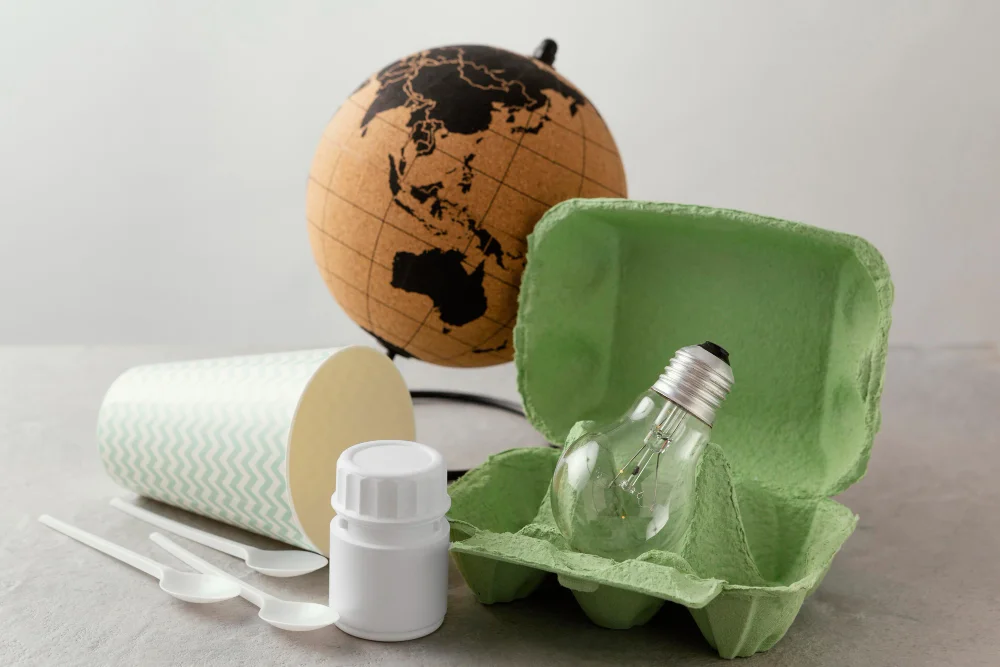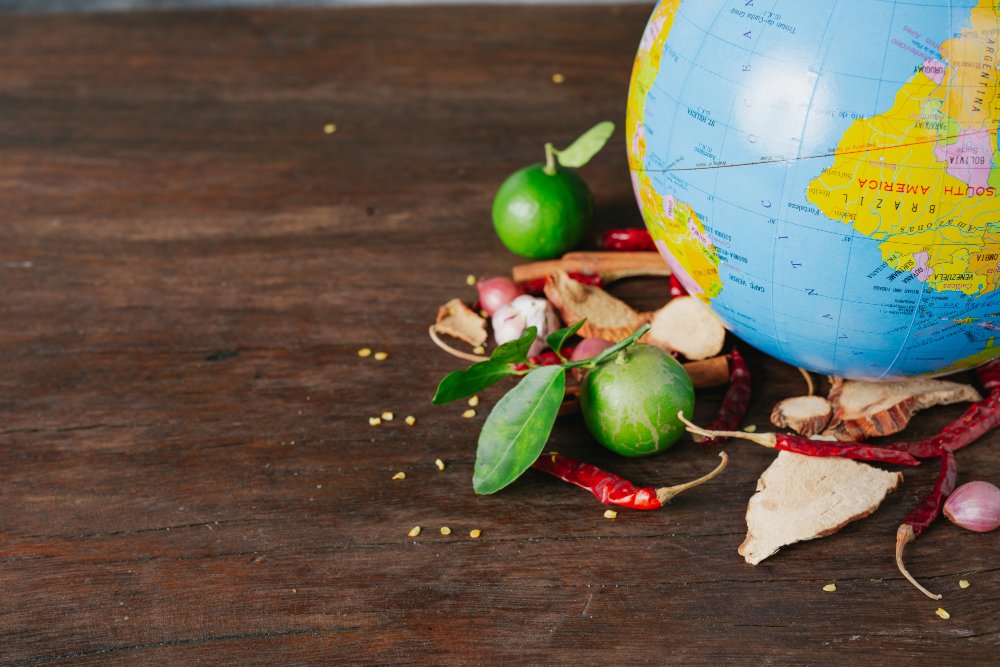Introduction
Japan’s commitment to reducing waste is influencing the world. With its intricate waste separation systems, community involvement, and innovations in sustainable practices, Japan’s zero-waste culture goes beyond recycling—it’s about rethinking consumption. As waste becomes a growing global concern, Japan’s model offers practical lessons for other nations to adopt.
The Foundation of Japan’s Zero Waste Culture
Japan’s journey toward zero waste didn’t start overnight. It’s rooted in a mix of historical traditions, government policies, and cultural values that prioritize community and respect for resources.
Historical and Cultural Influences
For centuries, Japanese culture has emphasized simplicity and mindfulness in daily life. Concepts like mottainai (a sense of regret over wastefulness) shape everyday attitudes, encouraging people to make the most of resources and avoid throwing things away. This cultural backbone supports Japan’s approach to waste reduction today.
Government Policies Supporting Sustainability
The Japanese government plays a crucial role in setting standards for waste reduction. Laws like the Basic Act for Establishing a Sound Material-Cycle Society, enacted in 2000, set the foundation for recycling and waste reduction across the country. Local governments enforce strict regulations, and residents are required to separate waste meticulously.
Key Practices in Japan’s Zero Waste Lifestyle
Japan’s zero-waste culture is characterized by several essential practices that reduce waste at both individual and community levels.
Waste Separation and Recycling
Japan has one of the most comprehensive waste separation systems in the world. Residents are required to sort their waste into multiple categories, such as burnable, non-burnable, plastics, glass, and paper. Each category may have its own designated disposal day, and failure to comply can result in waste being left uncollected.
| Waste Type | Disposal Frequency | Notes |
| Burnable Waste | 2x per week | Includes kitchen scraps and paper |
| Non-Burnable Waste | 1x per month | Metal, glass, ceramics |
| Plastics | 1x per week | Clean plastic packaging |
| Glass & Cans | 1x per month | Separated by type |
| Paper | Varies | Newspapers, magazines, cardboard |
This system ensures that waste is disposed of efficiently, maximizing the potential for recycling.
Minimal Packaging Culture
Excessive packaging is avoided wherever possible. Japan’s zero-waste initiatives encourage using minimal packaging, especially with products like groceries. Reusable bags are the norm, and stores increasingly offer incentives for customers who bring their own containers.
Community Involvement: Zero-Waste Towns
The town of Kamikatsu in Tokushima Prefecture is a leading example of zero-waste living. This small town made a bold commitment in 2003 to become zero waste by 2020. Today, residents separate their waste into 45 different categories, achieving a recycling rate of over 80%. Community involvement is key, as residents actively participate in sorting and learning about waste management.
Innovative Approaches to Waste Reduction in Japan
Japan’s zero-waste culture isn’t just about recycling—it’s about finding innovative ways to repurpose and reduce waste.
Reuse and Repurposing Initiatives
From “mottainai bazaars” (markets for secondhand goods) to “furoshiki” (traditional cloth used to wrap items), Japan has long practiced reuse and repurposing. Furoshiki, in particular, has seen a resurgence as a sustainable alternative to disposable wrapping paper, especially around holidays and events.
Zero-Waste Shopping and Dining
Zero-waste grocery stores, where customers bring their own containers, have grown in popularity. Additionally, cafes and restaurants are introducing initiatives to reduce single-use items, promoting sustainable dining.
Tech-Driven Solutions for Waste Management
Japan also uses advanced technology in waste management. Waste-to-energy plants convert non-recyclable waste into energy, reducing the volume of waste sent to landfills and generating electricity. Robotics and AI are used to improve sorting efficiency and increase recycling rates.
Global Impact of Japan’s Zero Waste Model
Japan’s zero-waste practices are inspiring other countries to adopt similar initiatives. By setting an example, Japan influences international discussions on sustainable living and waste reduction.
International Influence
Japan’s approach to waste has attracted global attention. Many nations are studying Japanese waste management practices to understand how they can be adapted to suit local needs. Japan also actively participates in international environmental agreements, sharing its expertise in sustainability.
Challenges and Areas for Improvement
While Japan has achieved a lot, there are still challenges to overcome in its journey toward zero waste.
Cultural and Practical Challenges
Despite the success of waste separation and recycling, some residents find the system complex and time-consuming. Additionally, densely populated urban areas face limitations in waste disposal and recycling space.
Future Goals for Sustainability
Japan aims to improve waste reduction further by increasing recycling rates and minimizing reliance on waste incineration. The government is exploring policies to support circular economies, which promote keeping products and materials in use for as long as possible.
What Other Countries Can Learn from Japan’s Zero Waste Culture
Japan’s zero-waste culture offers practical lessons for other countries seeking to reduce waste.
- Strict Waste Separation and Recycling: Creating detailed waste separation guidelines can improve recycling rates.
- Community Engagement: Educating communities about waste management fosters a collective sense of responsibility.
- Incentivizing Minimal Packaging: Encouraging retailers and consumers to reduce packaging helps reduce waste at the source.
Conclusion
Japan’s zero-waste culture demonstrates that reducing waste requires a combination of community involvement, government support, and sustainable practices. As waste reduction becomes a global priority, Japan’s model offers hope and guidance for a sustainable future. With a focus on minimalism, innovation, and shared responsibility, Japan continues to set an example for the world.
FAQs
- What is Japan’s zero-waste culture?
Japan’s zero-waste culture involves strict waste separation, minimal packaging, and community involvement to reduce waste and increase recycling. - How does Japan handle waste separation?
Residents separate waste into various categories, such as burnable, non-burnable, plastics, glass, and paper, with specific disposal days for each type. - Why is Kamikatsu considered a zero-waste town?
Kamikatsu has committed to a zero-waste lifestyle, requiring residents to separate waste into over 40 categories. The town has a recycling rate of over 80%. - How is Japan’s zero-waste culture influencing other countries?
Japan’s practices are inspiring other countries to adopt stricter waste separation, minimal packaging, and community involvement in waste management. - What challenges does Japan face in achieving zero waste?
Challenges include the complexity of waste separation, space limitations in urban areas, and the need for ongoing community education.

